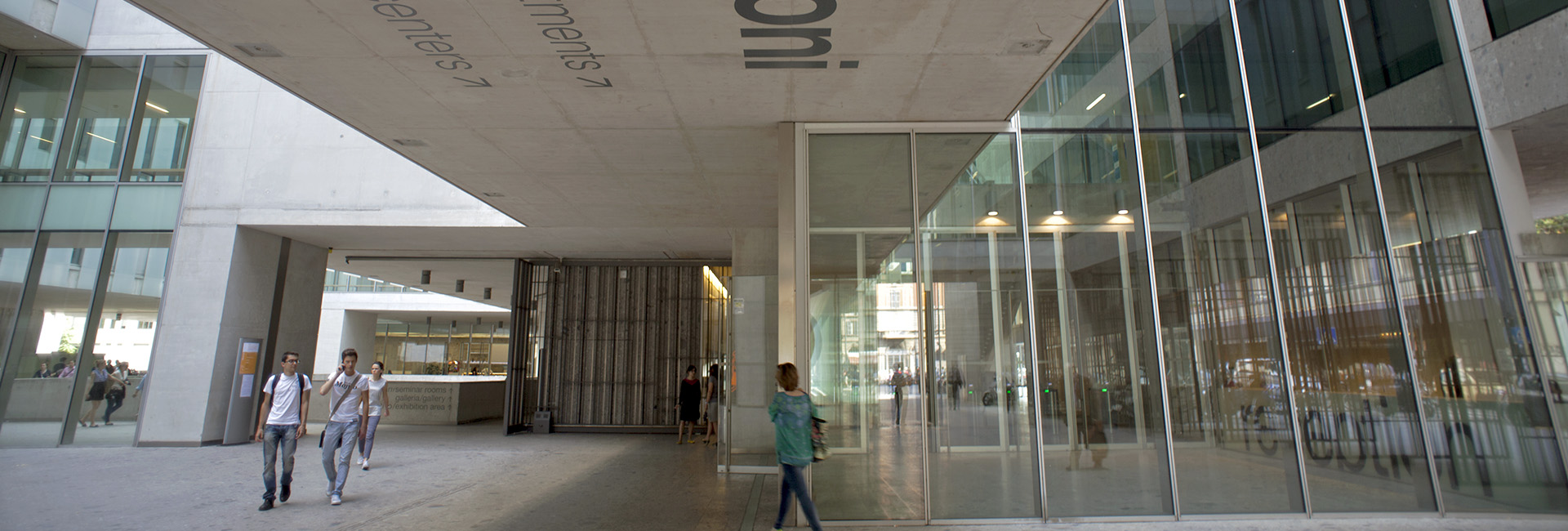20232 - BEHAVIOURAL MODELS AND NEUROEXPERIMENTAL EVIDENCE: APPLICATIONS IN ECONOMICS AND FINANCE
CLMG - M - IM - MM - AFC - CLAPI - CLEFIN-FINANCE - CLELI - ACME - DES-ESS - EMIT
Course taught in English
Go to class group/s: 31
JOSHUA BENJAMIN MILLER
This is an advanced course covering alternative approaches to modeling individual behavior in Economics. It includes recent advances, all illuminated by experimental and neuro-experimental evidence. The main objective is to provide the student with a rich toolbox of individual behavior models, remarking on their shortcomings and strengths. Individual behavior is the basis of all economic models; the effects of different individual characteristics on investments, markets, savings/retirement decisions, and personnel economics are stressed.
Theory, experiments and neurological experiments on the following topics:
-
The classical model of individual behavior in safe and in risky situations. The model of the rational economic agent and models of expected utility.
-
Models where the uncertainty of the environment is taken into account. Ambiguity. Application and experiments: stock markets in the presence of ambiguity aversion.
-
Models incorporating regard for others: fairness and competition. Application: wages and incentives for effort.
-
Intertemporal decision making. Application: savings and consumption.
-
Models where the current value of the future is difficult to assess. Non-exponential discounting.
Advances: Economic decision models based on models of the brain and mind.
All exams for this course are written.
For attending students:
There's a final exam, which must be taken by all students. There's also either a partial exam or home works which must be done by all attending students. The grade obtained in the partial (or home works) is used only to improve upon the grade obtained in the final, but expires after the second opportunity to take the final exam.
For non attending students:
There's a final exam, wich must be taken by all students.
- Folder of class materials.





